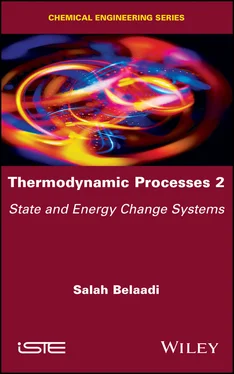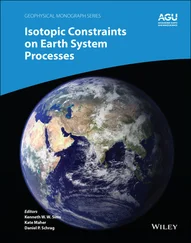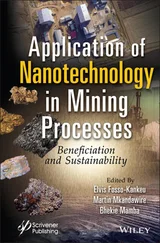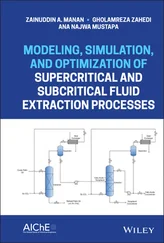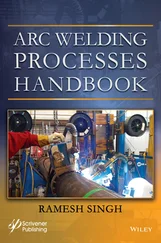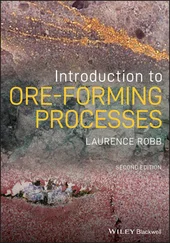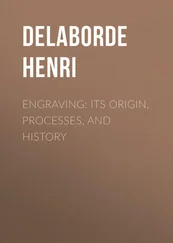7 ix
8 xi
9 1
10 2
11 3
12 4
13 5
14 6
15 7
16 8
17 9
18 10
19 11
20 12
21 13
22 14
23 15
24 16
25 17
26 18
27 19
28 20
29 21
30 22
31 23
32 24
33 25
34 26
35 27
36 28
37 29
38 30
39 31
40 32
41 33
42 34
43 35
44 36
45 37
46 38
47 39
48 40
49 41
50 42
51 43
52 44
53 45
54 46
55 47
56 48
57 49
58 50
59 51
60 52
61 53
62 54
63 55
64 56
65 57
66 58
67 59
68 60
69 61
70 62
71 63
72 64
73 65
74 66
75 67
76 68
77 69
78 70
79 71
80 72
81 73
82 74
83 75
84 76
85 77
86 78
87 79
88 80
89 81
90 82
91 83
92 84
93 85
94 86
95 87
96 88
97 89
98 90
99 91
100 92
101 93
102 94
103 95
104 96
105 97
106 98
107 99
108 100
109 101
110 102
111 103
112 104
113 105
114 106
115 107
116 108
117 109
118 110
119 111
120 112
121 113
122 114
123 115
124 116
125 117
126 118
127 119
128 120
129 121
130 122
131 123
132 124
133 125
134 126
135 127
136 128
137 129
138 130
139 131
140 132
141 133
142 134
143 135
144 136
145 137
146 138
147 139
148 140
149 141
150 143
151 144
152 145
153 146
154 147
155 148
156 149
157 150
158 151
159 152
160 153
161 154
162 155
163 156
164 157
165 158
166 159
167 160
168 161
169 162
170 163
171 164
172 165
173 166
174 167
175 168
176 169
177 170
178 171
179 172
180 173
181 174
182 175
183 176
184 177
185 178
186 179
187 180
188 181
189 182
190 183
191 184
192 185
193 186
194 187
195 188
196 189
197 190
198 191
199 192
200 193
201 194
202 195
203 196
204 197
205 198
206 199
207 201
208 202
209 203
210 204
211 205
212 206
213 207
214 208
215 209
216 210
217 211
218 212
219 213
220 214
221 215
222 216
223 217
224 219
225 220
226 221
227 223
In memory of my parents
Series Editor
Jean-Claude Charpentier
Thermodynamic Processes 2
State and Energy Change Systems
Salah Belaadi

First published 2020 in Great Britain and the United States by ISTE Ltd and John Wiley & Sons, Inc.
Apart from any fair dealing for the purposes of research or private study, or criticism or review, as permitted under the Copyright, Designs and Patents Act 1988, this publication may only be reproduced, stored or transmitted, in any form or by any means, with the prior permission in writing of the publishers, or in the case of reprographic reproduction in accordance with the terms and licenses issued by the CLA. Enquiries concerning reproduction outside these terms should be sent to the publishers at the undermentioned address:
ISTE Ltd
27-37 St George’s Road
London SW19 4EU
UK
www.iste.co.uk
John Wiley & Sons, Inc.
111 River Street
Hoboken, NJ 07030
USA
www.wiley.com
© ISTE Ltd 2020
The rights of Salah Belaadi to be identified as the author of this work have been asserted by him in accordance with the Copyright, Designs and Patents Act 1988.
Library of Congress Control Number: 2019953627
British Library Cataloguing-in-Publication Data
A CIP record for this book is available from the British Library
ISBN 978-1-78630-514-5
Foreword 1
Circular Economy and Engineering
Circular economy and engineering: process thermodynamics as an essential chemical engineering tool for the design and control of the processes encountered in the factory of the future within the framework of Industry 4.0
Process engineering involves the sciences and technologies that optimally transform matter and energies into products required by a consumer and into nonpolluting wastes. Today, it takes part in the framework of circular economy and engineering (monitoring of products and processes from cradle to grave), and the optimal transformations of matter and energies must be carried out to design the factory of the future, taking into account the emergence of Industry 4.0 and the voluminous amount of data ( Big Data movement ).
Modern (green) process engineering is deliberately oriented toward process intensification (i.e., producing much more and better, with use of much less resources). This involves a physical-chemistry multidisciplinary and multiscale approach to modelling and computer simulation, in terms of time and space, from the atomic and molecular scales. This involves the equipment and the reactor scales, up to the scales of the overall factory (i.e., the design of a refinery, a chemical, a textile or a cement complex plant from Schrödinger equations).
To meet this multidisciplinary and multiscale approach, the preponderant and irreplaceable concept and background of chemical thermodynamics appears in all its splendour, and more generally, this concerns the thermodynamics of processes for the multiscale control of these processes.
It is clear that studies that discuss thermodynamics of processes must cover chemical thermodynamics (open or closed systems with or without chemical reaction, phase equilibrium) and the energetics of processes (thermal cycles, heat pump, degraded energy, exergy). However, these studies must also be illustrated with examples of real multiscale physicochemical applications. This will prepare or help or contribute to the design, the development and the control of the processes that will be encountered in the factory of the future, by means of methodologies and techniques to obtain reliable thermodynamic data that will contribute to the abundance of data ( Big Data/Industry 4.0 ).
A big thank you to Professor Salah Belaadi, leading expert in education and research in the field of thermodynamics of processes, for offering such an instructional and didactic book, whose chapters mainly present exercises oriented towards industrial applications.
This book on thermodynamics and energetics of processes is a guide (a vademecum ), which I am personally convinced will be of great benefit to a large number of university teachers and researchers, and engineers and technicians active in today’s economy sector, as well in the very near future.
Jean-Claude CHARPENTIER
Former director of ENSIC Nancy and ESCPE Lyon, France
Former president of the European Federation of Chemical Engineering
Читать дальше
